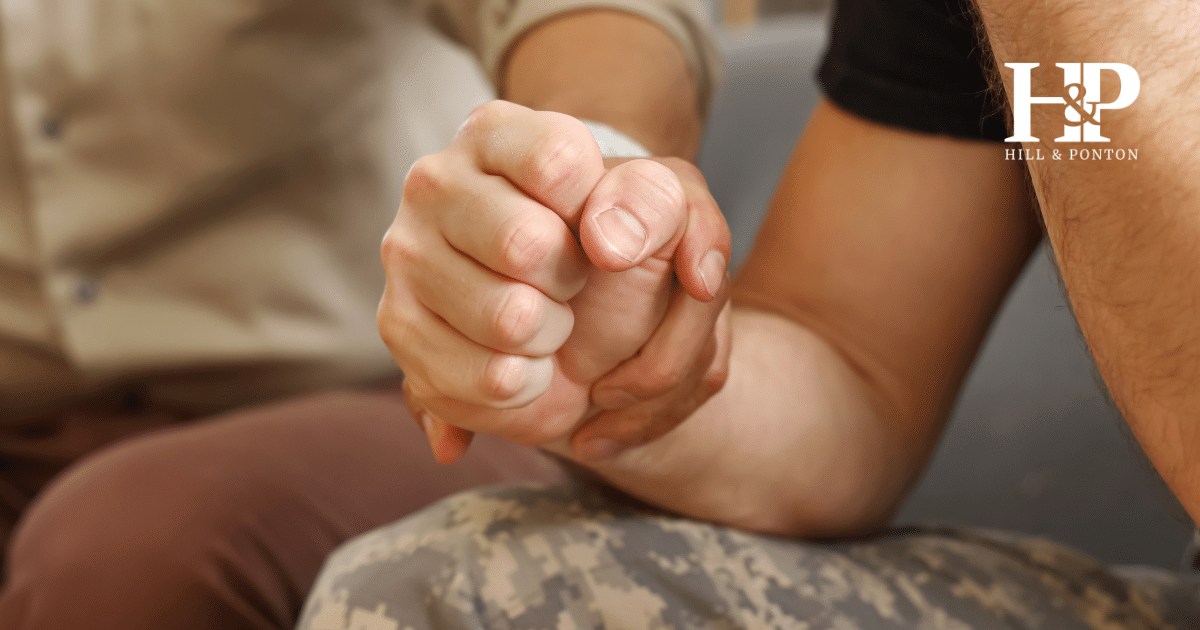We’ve been looking at the requirement for a PTSD claim of an in-service stressor. We know that generally, you need evidence to corroborate your stressor, but that there are certain situations where it is easier. The first situation we looked at was when a veteran is diagnosed with PTSD in service. The second type of stressor we looked at was for veterans who were in combat. The third scenario is for stressors related to fear of hostile military or terrorist activity. Today we will look at in-service personal assault.
An in-service stressor has to be corroborated. The general rule is that the VA will not accept your statement as proof that the in-service stressor occurred, and that you will need evidence that the stressor occurred. But because this often proves very difficult, the VA has provided certain situations where it is easier to prove your stressor. One of those situations is for in-service personal assault.
In-service Personal Assault as Stressor for PTSD
Personal assault is “an event of human design that threatens or inflicts harm.”
Some examples are:
- Rape
- Physical assault
- Domestic battering
- Robbery
- Mugging
- Stalking
- Harassment
These incidents do not only apply to female veterans, male veterans may also be victims of personal assault.
The VA has acknowledged that personal assaults are often not officially reported and victims may find it difficult to produce evidence to support that the assault actually happened. There are, therefore, two rules in place the VA must follow: 1) When the veteran states that he or she did not report an in-service sexual assault, the VA cannot rely on the absence of service records documenting the assault to conclude that it did not happen, and 2) the VA may not rely on a veteran’s failure to report the assault as evidence that it did not happen. The VA has recognized that alternative evidence can establish an in-service assault even if military records don’t document that it occurred. This makes finding alternative sources critical and the VA has a special obligation to assist in cases where the veteran is claiming personal assault.
The VA has to tell the veteran that evidence other than that found in service records can be submitted, and the VA has to allow the veteran the opportunity to submit such evidence. Some types of evidence that can be used to support a PTSD claim based on a personal assault are:
- Records from law enforcement authorities
- Rape crisis centers
- Mental health counseling centers
- Hospitals or physicians
- Pregnancy tests or tests for STDs
- Statements from family members, roommates, fellow service members or clergy.
In any of these sources, you are looking for evidence of behavior changes following the claimed assault, as this is one type of relevant evidence that can be found in these sources.
Examples of behavior changes that may constitute credible evidence of the stressor include:
- A request for a transfer to another military duty assignment
- Deterioration in work performance
- Substance abuse
Other examples of what you could use as evidence are:
- Personal diaries or journals
- Visits to a medical or counseling clinic or dispensary without a specific diagnosis or specific ailment
- Lay statements indicating increased use or abuse of leave without an apparent reason
- Lay statements describing episodes of depression, panic attacks, or anxiety but for no identifiable reasons
- Episodes of depression, panic attacks, or anxiety without an identifiable cause
- Unexplained economic or social behavior changes
- Increased use of over-the-counter medications
- Evidence of substance abuse such as drugs or alcohol
- Increased disregard for military or civilian authority
- Obsessive behavior such as overeating or undereating
- Increased interest in tests for STDs
- Unexplained economic or social behavior changes
- Treatment for physical injuries around the time of the claimed trauma but not reported as a result of the trauma
- The breakup of a primary relationship
Some other sources of information include:
- Rape crisis center or center for domestic abuse
- Vet center
- Counseling facility
- Health clinic
- Family members or roommates
- Faculty members
- Civilian police officers
- Medical reports from civilian physicians or caregivers who may have treated the veteran either immediately after the incident or sometime later
- Fellow service persons
- Chaplain or clergy
Whatever evidence you have, submit it to the VA and the VA can then submit any evidence it receives to an appropriate medical or mental health professional for an opinion as to whether it indicates that a personal assault occurred. In PTSD claims based on personal assault, medical opinions that happened after the stressor can corroborate the claimed stressor and must be considered by the VA in determining whether the evidence establishes that the stressor occurred. But this does not mean that the VA must accept a medical examiner’s opinion as credible evidence of the claimed in-service stressor. Instead, the VA must weigh the medical examiner’s opinion against other evidence of record and determine whether it corroborates the claimed stressor.


